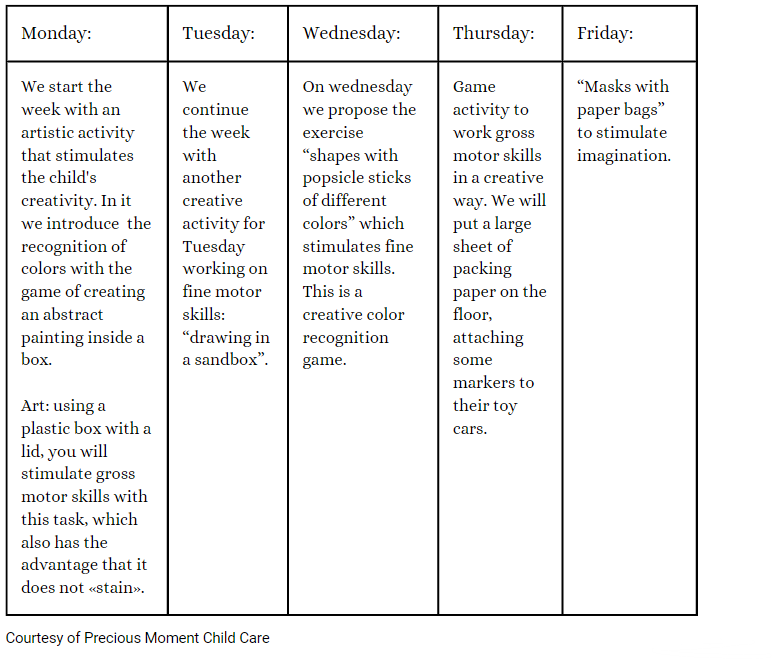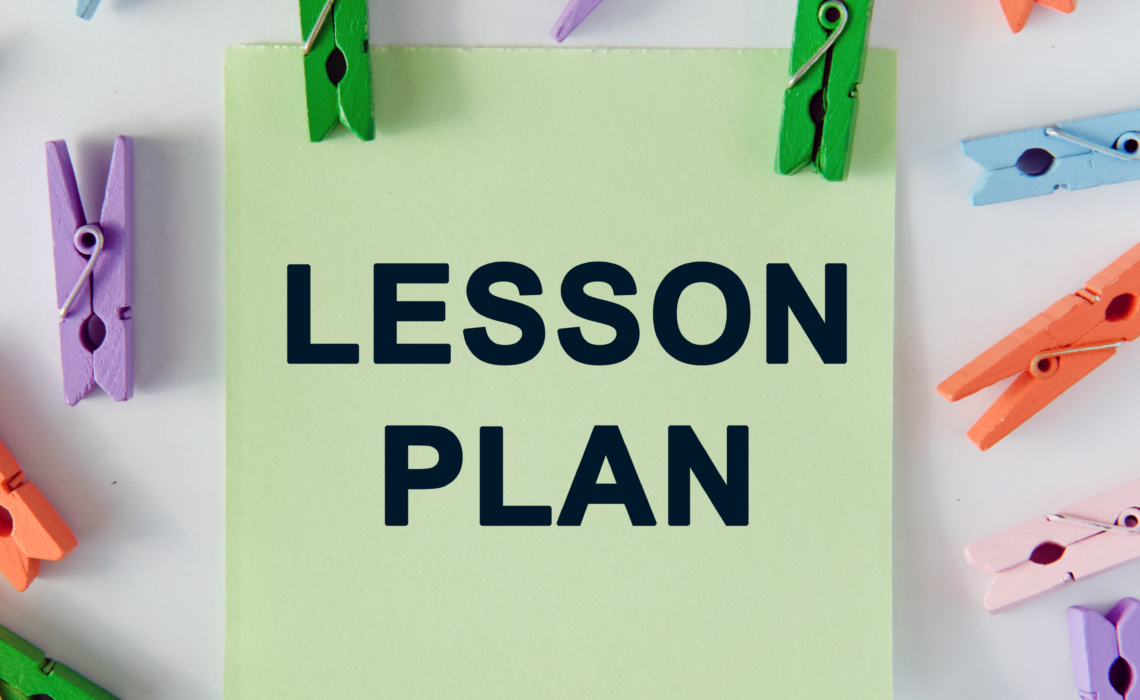Plan and implement: Lesson plan and activities plansFeatured
Among the primary responsibilities of early childhood educators is the responsibility to plan and implement intentional and developmentally appropriate learning experiences that promote social and emotional development, physical development and health, cognitive development, and general learning skills of each of the children that attends.
It’s important to plan activities based on the ages of the children and the objective we want to achieve. The study plans and teaching methods are built from each child’s resources by connecting their experiences in school or educational environment with their home or community environment.

What is a lesson plan?
A lesson plan for toddlers is a teacher-structured document that describes the sequence of activities and learning experiences designed to teach a specific concept to children at an early age, usually ages 3 to 5. These plans are designed to be interactive, fun and adapted to the needs and development levels of young children. Here are some key elements you could include in a lesson plan for toddlers:
Lesson objective: Clearly defines what children should learn at the end of the lesson
Materials: List all the materials needed for the lesson, such as books, toys, art supplies, etc.
Introduction: Include a starter activity to capture children’s attention and prepare them for the lesson topic
Development: Divide the lesson into sequential steps or activities that help children understand the concept. Use interactive and hands-on methods, as children learn best through experience.
Evaluation: Include strategies to assess children’s understanding, such as questions, observations, and follow up activities.
Adaptations: Consider possible adaptations to meet the different needs and learning styles of the children in the group.
Time: Set a time estimate for each activity to ensure the lesson fits into the available time frame.
Closure: Conclude the lesson effectively, summarizing what children have learned and provide opportunities to ask questions or make comments.
It is important to remember that young children have limited attention spans, so lessons should be short, stimulating and full of variety to keep their interest. Additionally, flexibility is key, as you may need to adjust the lesson based on the children’s responses and level of engagement during the teaching process.
A lesson plan can be done weekly with a single topic or with different topics weekly. For children between 3 years old it can include gross motor activities, fine motor activities, art projects, crafts, sensory activities, outdoor activities, learning and experimentation games.
Example of a lesson plan for a week:










